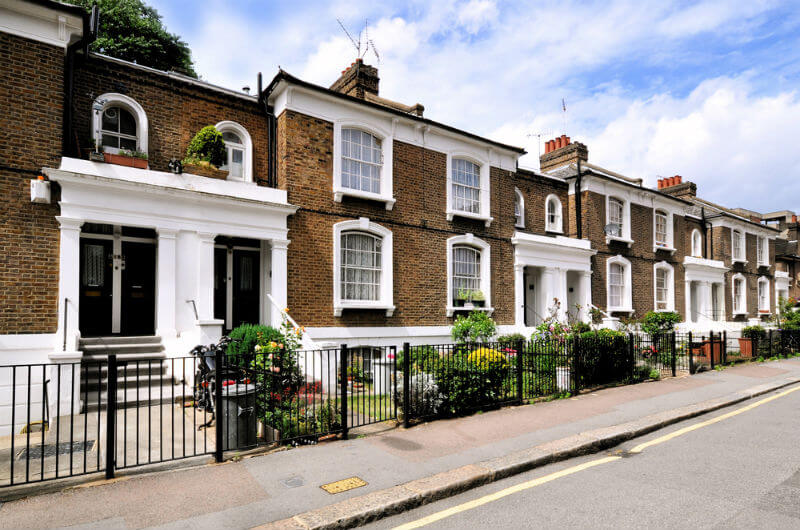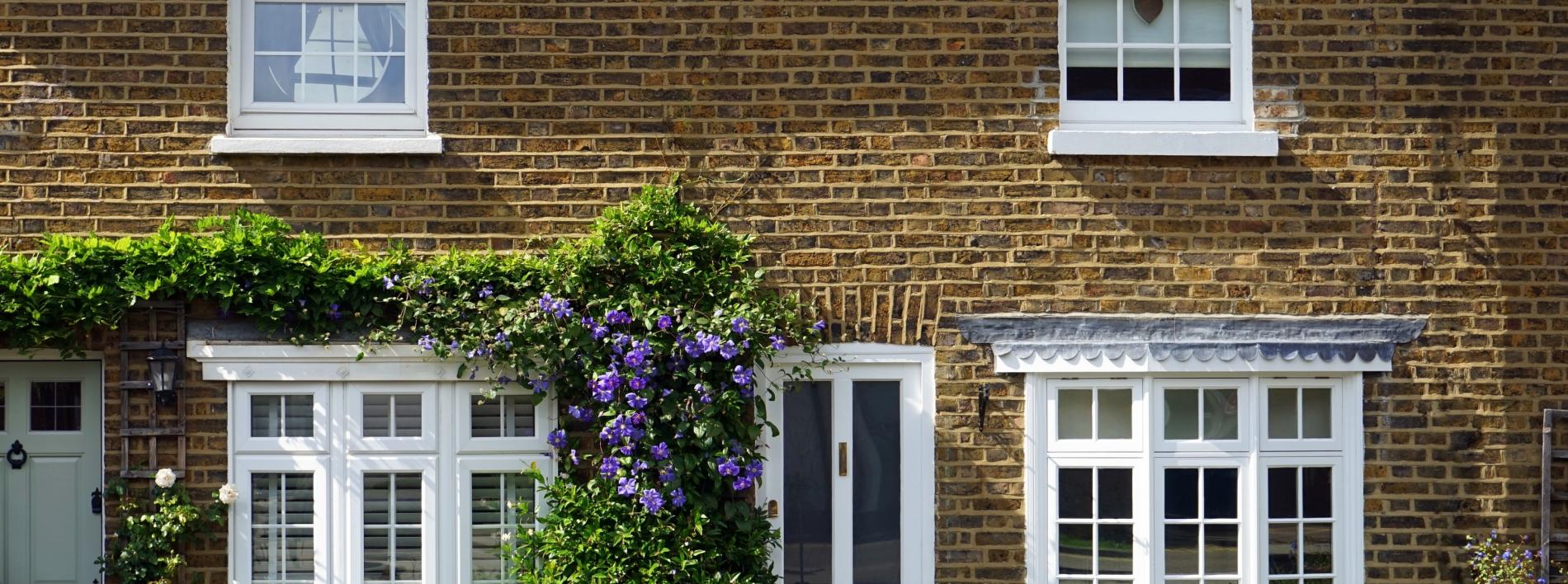May 02, 2017

Nearest branch
Find your local branch
Aberdeen
view detailsBellshill
view detailsBerwick-upon-Tweed
view detailsBirmingham
view detailsBrighton and Worthing
view detailsBristol and Bath
view detailsCambridge
view detailsCardiff & Newport
view detailsCarlisle
view detailsConsett, Stanley & Tyne Valley
view detailsDalkeith
view detailsDarlington
view detailsDundee
view detailsDunfermline
view detailsDurham
view detailsEdinburgh
view detailsElgin & Inverness
view detailsFalkirk
view detailsGalashiels
view detailsGateshead
view detailsGlasgow
view detailsHull
view detailsKirkcaldy
view detailsLeeds
view detailsLiverpool
view detailsLivingston
view detailsLondon
view detailsManchester
view detailsMiddlesbrough
view detailsMusselburgh
view detailsNewcastle
view detailsOxford
view detailsPaisley
view detailsPerth
view detailsPreston
view detailsSheffield
view detailsSouthampton & Portsmouth
view detailsStirling
view detailsStockport
view detailsStoke-on-Trent
view detailsSunderland
view detailsYork
view details<< Back to all areas
East London has undergone something of a revolution in the past decade, meaning it’s now one of the most popular areas to live in the capital. If you’re thinking of buying a house in East London, whether in Dalston, Hackney or Haggerston, there’s a lot to love about the area.
We’ve put together a guide to everything you need to know about living in East London, including transport links in the region, as well as the best schools in East London.
History of East London
East London has a long history, with its origins starting with the growth of medieval London beyond the city walls. Growth was slow until the 16th century when the area known as the East End began to take shape. As the shipbuilding industry associated with the Thames developed, so did the East End, and the London Docklands was one of the busiest ports in the world during the 19th century.
However, by the late 20th century, the maritime industries were in decline in London, which led to mass unemployment in the city’s east end. This corresponded with a decline in the area’s prosperity, but East London has been undergoing regeneration in recent years. The Docklands are once again a booming area, with new homes being built and the light rail introduced to the area.
The Olympic Games were held in East London in 2012, which has also been a major factor in the area’s regeneration.
Culture in East London
When you think of the culture of the east end of London, it’s likely that you’ll think of Cockneys. Whilst the old traditions of East London are still alive and well, there are also new developments that make this area of the city an attractive prospect for young professionals and families moving into the area.
There’s a huge range of museums and cultural attractions across East London, including the Museum of London Docklands, which tells the history of the Thames, the river which was so crucial to the area’s growth. The east end was also the location of many workhouses during the Industrial Revolution, and when Dr Barnardo came to the area in the 19th century, he established the Ragged School as a place for young workers to get an education. The Ragged School Museum in Mile End tells the story of Victorian education and is fascinating for both children and adults alike.
Hackney City Farm is another great cultural attraction in East London. It acts as a community hub and allows inner-city children the opportunity to see farm animals and learn where their food comes from.
Food and Drink in East London
With regeneration comes a huge array of new places to eat and drink. Hackney and Dalston, in particular, are great choices for foodies who want a wide range of options and are, arguably, among the best places to live in London for food and drink. You’ll find everything from authentic Italian pizza to traditional fish and chips – although it does, of course, come with sustainably sourced fish.
There are also great options for nights out in East London. From traditional watering holes to alternative club nights, there’s a wide variety of establishments to suit everyone. Dalston and Hackney are popular with young creative types for nights out, whilst you’ll find London’s oldest riverside pub, the Prospect of Whitby, in the Docklands.
Shopping in East London
From high street names to boutique outlets, East London has it all when it comes to shopping. Brick Lane Market is a classic destination for thrift store shopping, with gems to be found for vintage lovers. Check out Beyond Retro and House of Vintage UK for fabulous finds.
Spitalfields Market is another prime destination for shopping in East London, with a mixture of designer stores and smaller independent stalls. You’ll find days dedicated to antiques and vintage wares as well as fashion, art and vinyl.
Schools in East London
There are a number of primary and secondary schools in East London, with several being rated as ‘good’ or ‘outstanding’, so whether you’re looking to move to Tower Hamlets or Hackney, there are several options for your children.
Morpeth School and Sir John Cass Foundation and Redcoat Church of England Secondary School are among the best secondary schools in Tower Hamlets, with both rated as ‘outstanding’ by Ofsted, whilst Prendergast School and Bonus Pastor Catholic School, both with the same rating, are two of the best secondary schools in Lewisham.
Transport in East London
Although East London doesn’t have a huge presence on the Underground compared to other areas of the city, Mile End is one of the city’s best-connected stations, with access to the Central, Hammersmith and City, and District lines.
The Docklands Light Rail makes it easy to get into the city from the Docklands area, whilst the Overground serves the rest of the east end. The East London Line runs through Hoxton, Shoreditch High Street, Whitechapel, Shadwell and Wapping, before crossing the river to Rotherhithe and Canada Water.
<< Back to all areas


April 24, 2017
Three biggest mistakes by first time buyers

February 22, 2017
Taking the plunge – are you ready for your first mortgage?

December 14, 2016
